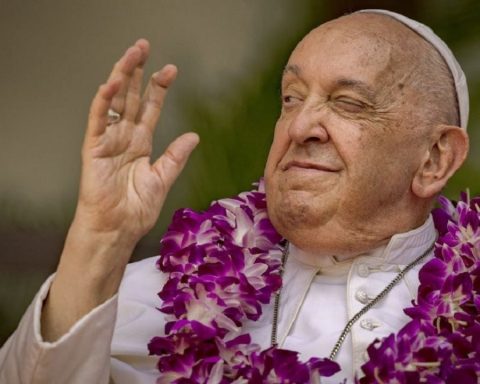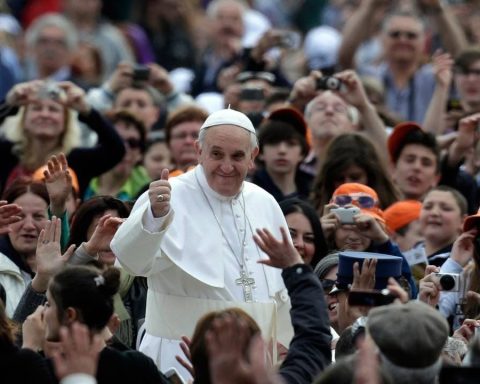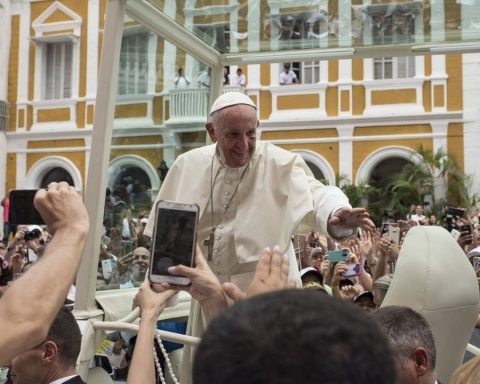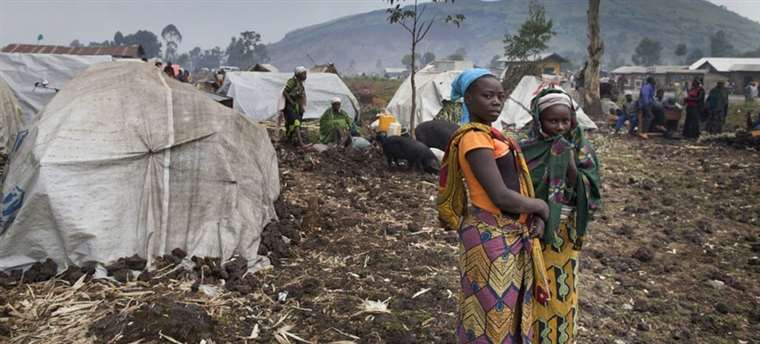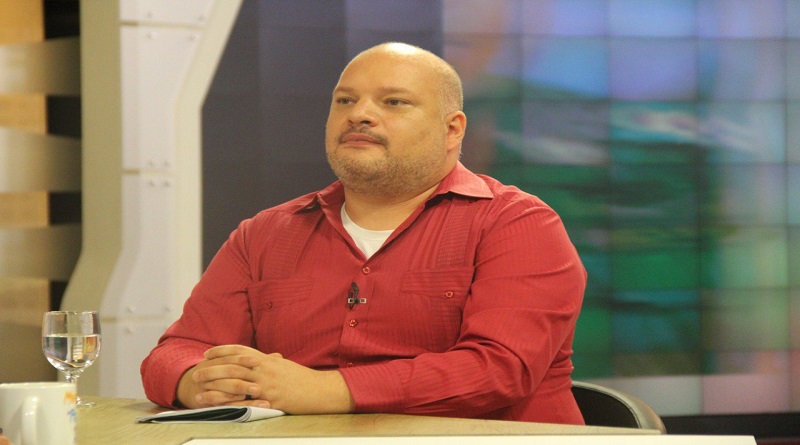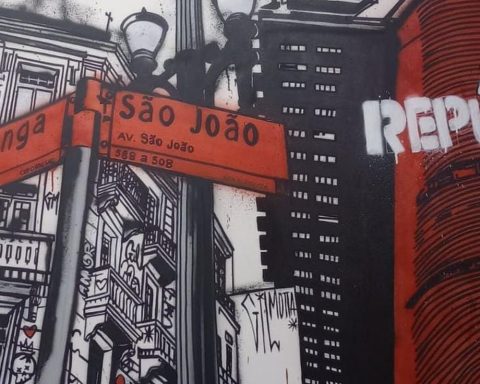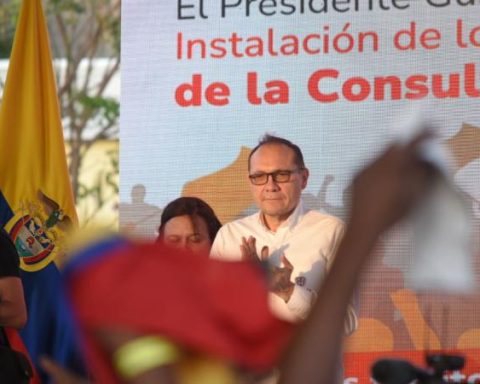
Mapping the new mediations and formats of consumption of news and information of the population in Argentina is of great interest for to problematize how they flow, the so-called hate speeches, which gave rise to the attempted assassination of the vice president, Cristina Fernández de Kirchner.
Paraphrasing once again the famous phrase of the Canadian McLuhan “the medium is the message”, to which the 21st century and the social transformations caused by new technologies have undoubtedly given its true dimension.
In the era of Big Data, Artificial Intelligence, but also of media concentration and the concentration in a few, very few hands of information and communication technologies at a global level, the new hegemonic mediations have an unusual capacity to modulate and influence audiences, in various ways, with tools that go beyond what we call news and information. This is the situation that allows some discourses to be installed more than others and to be reproduced from different places, becoming the dominant representations.
McLuhan’s phrase allows us to move from discourse analysis to analysis, from the political economy of communication and culture, of the media and their business models. It allows crossing a crack only placed from an academic perspective, but intertwined from a social, political and geopolitical perspective.
In Latin America, the dominant discourses are embodied by the great hegemonic media, and for more than a decade now, they have increasingly flowed through social networks, which, except for tik tok, belong to US corporations. That is, hegemonic media, within other global hegemonic media. Also, the attempted assassination of the vice president and the popular reaction occupying the street, shows how the community manages to counter these messages as long as the social organization exists, always in resistance, and thanks to the communication policy of national and popular governments that co- it helps (or should) to democratize communication.
While from the power, communication is only an instrument to cover up their desires and intentions and a ground to install the ideology they need, from the popular field, communication is an instrument at the service of the consolidation of the processes of social transformation, social justice and popular unity, to this is added the need to conceive it as a universal basic right, from a liberal view of law, but which allows the substantive debate to begin.
If to this scenario of media and technological concentration, We add that at the geopolitical level we are going through not only a civilizational crisis of the Anglo-American modelbut rather a global hybrid war for the future of the human species (some authors, including Pope Francis, speak of a fourth world war), we can understand that, for Western power groups, the truth has been dead for a long time and communication and technologies are not only spoils of war, but are crucial instruments in modulating populations to respond to their interests.
Unlike other moments of world war, such as the first or second, today there is a permanent and continued use of the ideological machinery and new instruments that affect the cognition of the entire world population, since technologies allow a direct, immediate and constant to each individual.
In this sense, it is the ethics and conception of communication and technological and communicational sovereignty that is currently in dispute. While the peoples and the national and popular States need them as instruments that allow them to understand the world, its disputes and the connection with popular interests, the powerful groups only need it as a concealment instrument from the real actors that cause global inequality. and your interests.
Fluency and consumption of hate speech
If one had to imagine the format of how information, news, messages, memes, and images flow in our country in the year 2022, it would be from a few sources (hegemonic media), passing through a few other social media corporations, towards the majority of the population who individually check their cell phones.
According to the Report on Digital News in 2022 of the Reuters Institute of the University of Oxford, 85% of Argentines consume information online (that is, through the Internet) and 70% through Social Networks (that is, Facebook, YouTube, etc.). Instagram, WhatsApp mainly); although television continues to account for around a not inconsiderable 60% of consumption.

75% of Argentines consume news through cell phones. This data is not minor, since the consumption of news sitting on a computer, where the process of choosing the pages is broader, is not the same as on a cell phone where it is restricted to consumption through Social Networks.
How is the relationship established between the hegemonic media in Argentina and Social Networks, the means by which most of the information reaches us? In an article I wrote in 2021 there are alliances built between Big Tech and the big media: “In 2020 Google promoted its new News Showcase news platform, a tool developed “with the aim of promoting access to quality journalism, associating with trusted outlets that produce content. This high-quality content can be accessed through the Google News and Discover apps, available for Android and iOS.”
To use the news from media such as Clarín or La Nación in Argentina, Google is investing one billion dollars, over a period of 3 years. “The traditional media have already seen the possibility of a new large inflow of dollars, in what we could call an “unofficial guideline”, but a private one, coming from transnational corporations.”
To this situation we must add the non-regulation of the digital spectrum, a debate that we have to begin to give ourselves in society and the State, so that the Traditional Media are not the ones that have the greatest capacity to influence the digital community, as shown by the study conducted by Vox Populi Data. This study shows how the biggest influencers regarding the attempted assassination of CFK were the big media. If we add to this data that, according to the consultancy Digital Reputation, “62.49% of the population believes that the attack was armed” we can establish, somewhat linearly, a relationship between the medium and the message.
Of course, this does not end in this small intermingling of information that is in the light of all. We also have to investigate and find out where the troll campaign and bots that build this same social sense are financed, and who are the ones who promote and spread hate speech.
There is much to problematize and debate regarding the functioning of the Internet. There are numerous discussion forums where political speeches are radicalized and focus on the elimination of the political adversary, many reaching the point of disseminating neo-Nazi ideas. In these forums, hate speech against certain referents is legitimized and promoted. Who promotes and supports these forums and what is the role of the State in this regard is what needs to be investigated, since broad sectors participate in these forums, especially young people.
In the hybrid war in which the world finds itself, one of the central aspects is the cognitive dispute, which according to two publicly accessible documents innovation hub, an Innovation Center that advises NATO: “Attacks are defined, structured and organized to alter or mislead the thoughts of leaders and operators, of members of the entire social or professional classes, of the men and women in an army, or on a larger scale, of an entire population in a given region, country, or group of countries. Cognitive aggression has no limits. It can have a variety of objectives and will be adapted to other strategies being used: territorial conquest (a border region, peninsula or group of islands, for example), influence (elections, popular agitation), service interruptions (national or local) administrations hospitals, emergency and sanitation services, water or energy supplies) or transportation (airspace, maritime bottlenecks…), information theft (through inadvertent disclosure or password sharing…) etc.”
Social pact and democratization of communication and technology
It is being installed from different think tanks that the attempted assassination of Vice President Cristina Fernández de Kirchner is the putting into practice of hate speech installed by the media that promotes the destruction of the adversary.
Although this is partly the case, the framework that implies the use of shock groups by the structures of power, prepared and financed, cannot be hidden. The hegemonic media are part of networks of power that use various tools to install their governments and condition national and popular governments, this is what we have been denouncing with lawfare in Latin America and Argentina.
The possibility of establishing a social pact in which the various communication and technological actors work to eradicate hate speech necessarily implies the debate on the democratization of technologies and communication. We cannot fall into false expectations from the national and popular field or stay with speeches and doctrines that hide the interests of power that are in dispute in Argentina, because this concealment prevents society from taking the necessary steps in awareness and maturity to face the real challenges jointly between social organizations and their representatives.
Discourse analysis cannot hide the need for democratization of the media. The need of the population to have a diverse and quality communication, a right that the State must guarantee by promoting the development of small and medium-sized communication media throughout the country. As well as promoting the occupation of the digital terrain by these organizations and the necessary debate regarding the regulation of the digital spectrum.
If Peronism and its doctrine allowed anything, it is the understanding of the interests at stake and the historical challenges that we all had to go through together, organized and mobilized. The great mobilizations in support of the president show an accumulated historical wisdom, where the occupation of the street is the central instrument, but if this process is not conducted, it quickly falls apart and mistrust in the leaderships seen as the actors that more and more they negotiate imaginary pacts and lead to structural setbacks.


